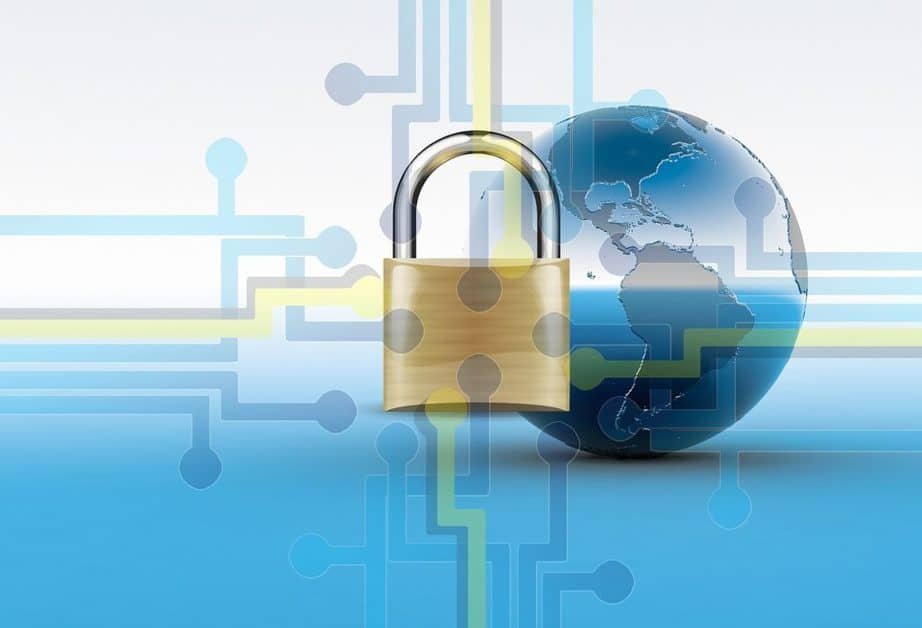It’s 2021, and the trend of online shopping has become more popular than ever. However, that rise in the e-shopping trend has also made shopping sites a popular target for cybercriminals. Today a majority of cyberattacks are done on e-commerce sites, mainly because of the nature of data that can be stolen from them. If there is a type of website that can be used to steal a large amount of financial data, they’re e-commerce sites. So, it’s understandable why they remain on the radar of cybercriminals.
Therefore, in 2021 you need to be more careful towards the security of your e-commerce site. And in this article, we’re going to tell you how to do that. Let’s look at 8 simple steps that you can take to ensure the security of your e-commerce site in 2021.
8 Way to secure your e-commerce Website
Enforce the use of strong passwords
The online security starts with a password, so all your customers and employees must use a strong password for their accounts. Enforce the use of strong passwords across the entire ecosystem of your site in 2020. A strong password is composed of letters in both upper as well as lowercase, numbers, and symbols. There are several methods to force people to generate such a password, and the easiest among them is using plugins/extensions already available in the market.
Enable 2FA
The next step that can make your e-commerce website more secure is two-factor authentication (or 2FA). You should allow your customers to use 2FA if they want to use it to secure their accounts. You can also use 2FA in your organization to add more security to the back end of your site. There are many 2FA enabling plugins available in the WordPress plugin market; you can choose any of them to enable 2FA on your e-commerce site quickly.
Install an SSL certificate
It’s also critically important to ensure that your website loads over HTTPS. The importance of this thing has increased a lot in the last two years, and in 2020 it’s going to be even more essential because now Google marks your website as ‘Not Secure’ if it’s not loading over HTTPS protocol. You’re also given lower priority in search results because Google uses HTTPS as a ranking signal. All of this is done to encourage the use of HTTPS. For the highest validation, you must install an EV SSL certificate to protect your customers in 2020.
Store fewer user data
Once you install the SSL certificate and switch your site to HTTPS, the next step is to examine the information that you’re collecting from your users. This may seem like a very irrelevant idea in today’s data-driven era, where everyone advises you to collect as much data as possible. Still, there is a trade-off between data security and data-driven marketing. The more information you collect, the more responsibility you take on your shoulders to protect it. If ever your servers are breached, and user data is stolen, the quantum of trouble you’ll land in will be determined by the amount and nature of user data you’ve stored. So, it’s better to store fewer data from a security perspective.
Encrypt sensitive user data
How you store your user data is also essential for its security. Storing sensitive user data without encryption can be dangerous because people who can access it can do a lot more damage to your organization than you can imagine. Not only hackers, but someone from your organization who is pissed off for some reason can also take advantage of this weakness. Therefore, you must store all sensitive user data in an encrypted format.
Keep your website up to date
Keeping the CMS, themes, and plugins of your website up to date is also essential for its security. You should update these things as soon as an update is available for them because most of the time, updates are released to patch the existing security loopholes. Especially when it comes to a CMS update, you should ensure that there is no delay in installing it. It’s as essential as the need to choose the right SSL Certificate.
Employ a website monitor
Website monitoring tools allow you to monitor all threats related to your website in real-time. While hosting companies themselves also provide website monitoring tools to their customers, you’ll be better off with more professional third-party monitoring tools because they come with more in-depth monitoring and management features. They provide robust audit-trails for all modifications, code-level root cause analysis, and real-time alerts for any attempts to compromise your site.
Keep a backup
Finally, maintain a regular backup of your website. Without daily backup, all efforts to protect your site may go in vein because if somehow your site is attacked, you may not be able to shift to another server quickly. If you do, you’ll end up losing a lot of your data, which may even lead to the shutdown of your business in some time. If all your data has been adequately backed up, you can easily switch to another server. We suggest that you automate the backups of your site to ensure this thing.
Conclusion
So, these were the eight steps that you can take to keep your e-commrce site secure in 2020. From installing an SSL certificate to enabling multi-factor authentication to keep a backup, we’ve tried to cover almost every vital step here. Follow these steps, and there’s a high chance that you’ll be able to keep your site secure throughout the year. And if you know some other critical security steps that must be followed by e-commerce sites, share them in the comments.











Leave a Reply